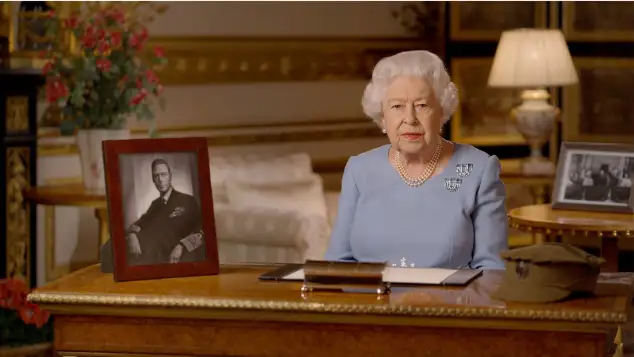When Princess Victoria (43) was born on July 14, 1977, women in Sweden were not entitled to the throne. At that time, however, they were already working on changing the law of succession so that women could also become Queens. Even so, Victoria's younger brother, Prince Carl Philip (41), became Crown Prince in her place and remained so for almost seven months.
Victoria becomes Crown Princess after the law changes
Prince Carl Philip was born in May 1979 and the amendment to the law came into effect in 1980. Only then did the first-born Victoria become the Crown Princess of Sweden.
In contrast to Victoria, Queen Elizabeth II (95) would have had a right to the throne from the start, but when she was born she was only in third place behind her uncle Edward VIII (†77) and her father George VI. (†56).
In January 1936, the grandfather of King George V (†70) of Elizabeth II died and Edward VIII took over the throne. The new king was single at the time and had no children who would have inherited his office.
Elizabeth II becomes the British heir to the throne
In December 1936, the life of the then ten-year-old Elizabeth II changed drastically. King Edward VIII resigned and his brother George VI took his place. Elizabeth was suddenly the next heir to the throne. Had she had a younger brother, however, he would have become the Prince of Wales and later King, due to the preference for male offspring.
King George VI and his wife Queen Elizabeth (†101), the Queen Mother, had no more children after Elizabeth II and her younger sister Princess Margaret (†71). That's why it was Elizabeth II, who became Queen in 1952.
We are lucky to have two very strong women as leaders in the European royal families.








